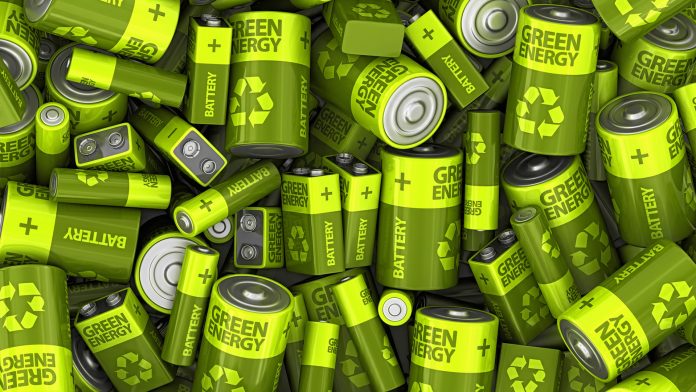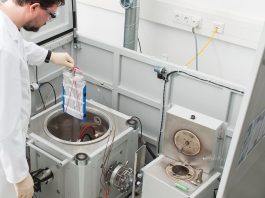Researchers from Finland have devised a novel technique for recycling the inner components of lithium batteries, reducing the demand for precious raw materials and energy.
The discovery, pioneered by researchers at Aalto University, found that the cobalt within the electrode of lithium batteries can be restored and reused if saturated with lithium; a far more economical method than the contemporary one of melting or dissolving batteries to extract metals.
The necessity for an efficient lithium battery recycling system becomes stronger and stronger each year, with the propagation of electric vehicles, portable devices, and smartphones generating an estimated 25% increase in rechargeable batteries per annum. The vital raw materials we have become over-reliant on are scarcer by the day.
The implementation of new recycling legislation is imminent; the European commission’s anticipated battery decree will demand that 95% of the cobalt in batteries will be recycled – making this newly proposed method a game-changer for the battery industry.
Tanja Kallio, a Professor at Aalto University, said: “In our earlier study of how lithium cobalt oxide batteries age, we noticed that one of the main causes of battery deterioration is the depletion of lithium in the electrode material. The structures can nevertheless remain relatively stable, so we wanted to see if they can be reused.”
Rechargeable lithium-ion batteries are composed of two electrodes; here, electrically charged particles oscillate, with one electrode made from lithium cobalt oxide and the other from a carbon and copper mixture. In current recycling methods, various raw materials dissipate. The lithium cobalt oxide reverts to other cobalt compounds – requiring a time-consuming chemical refinement process to return them to an electrode material.
The novel method eliminates this arduous process by utilising a commonly used electrolysis process to restock the electrode’s lithium, with results demonstrating that replenished batteries perform nearly as efficiently as those made from new material.
Kallio said: “By reusing the structures of batteries, we can avoid a lot of the common labour in recycling and potentially save energy at the same time. We believe that the method could help companies that are developing industrial recycling.”
The team believe that their technique would be suitable for industrial-scale use and are aiming to investigate nickel-based electric car batteries in the future.









